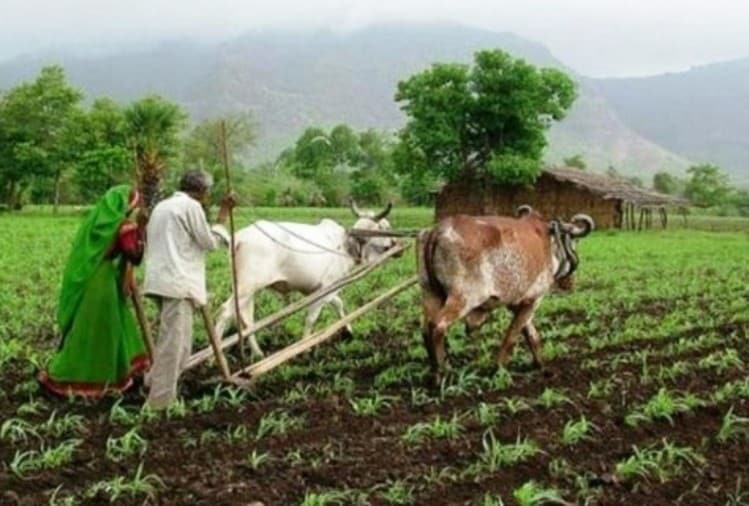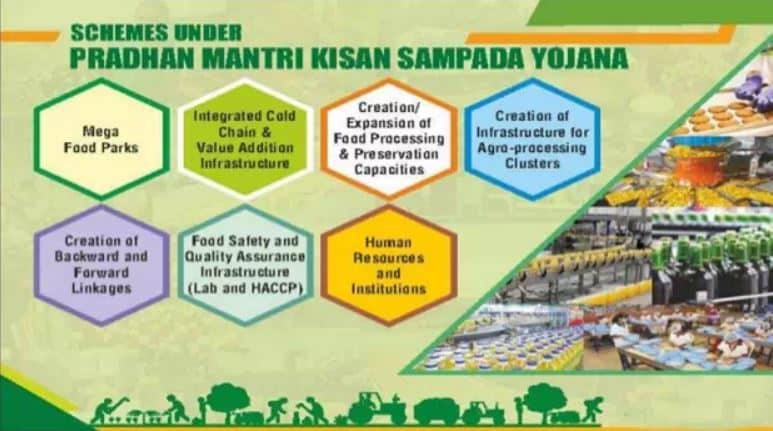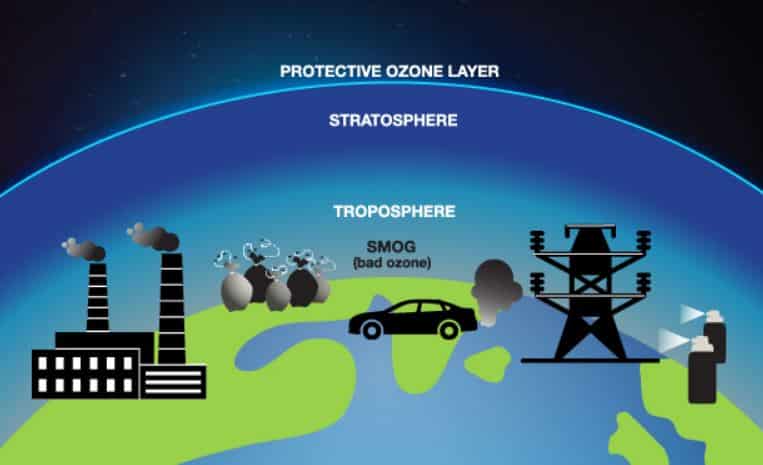Pradhan Mantri Kisan Mandhan Yojana (PM-KMY) | UPSC – IAS
Prime Minister Narendra Modi on Thursday launched an ambitious pension scheme for farmers from Ranchi. While lauding the govt’s scheme, PM said, ‘this scheme will connect Jharkhand with India & the world.’
- PM-KMY is an old age pension scheme for all land holding Small and Marginal Farmers (SMFs) in the country with a view to provide social security net as they have minimal or no savings to provide for old age and to support them in the event of consequent loss of livelihood.
- Under the ‘Pradhan Mantri Kisan Mandhan Yojana’, farmers between 18 and 40 years of age will get Rs 3,000 monthly pension after reaching 60.
Salient features of PM-KMY | UPSC – IAS
- It is a voluntary and contribution-based pension scheme for farmers in the entry age group of 18 to 40 years and a monthly pension of Rs. 3000 will be provided to them on attaining the age of 60 years.
- The beneficiary is required to contribute Rs 100 per month in the pension fund at median entry age of 29 years, with matching contribution of Rs 100 by the Central Government.
- The Life Insurance Corporation of India (LIC) will be the Pension Fund Manager and responsible for Pension pay out.
- In case of death of the farmer before retirement date, the spouse may continue in the scheme by paying the remaining contributions till the remaining age of the deceased farmer.
- If the farmer dies after the retirement date, the spouse will receive 50% of the pension as Family Pension. After the death of both the farmer and the spouse, the accumulated corpus shall be credited back to the Pension Fund.
Eligibility criteria under this scheme | UPSC – IAS
- Small and Marginal Farmer (SMF) of age of 18- 40 years – a farmer who owns cultivable land up to 2 hectares as per land records of the concerned State/UT.
- Farmers who are not eligible for the scheme: The following categories of farmers have been brought under the exclusion criteria:
- SMFs covered under any other statuary social security schemes such as National Pension Scheme (NPS), Employees’ State Insurance Corporation scheme, Pradhan Mantri Shram Yogi Maan Dhan Yojana (PM-SYM) etc.
Synergy with other initiatives | UPSC – IAS
- An interesting feature of the Scheme is that the farmers can opt to allow his/her monthly contribution to the Scheme to be made from the benefits drawn from the Pradhan Mantri Kisan Samman Nidhi (PM-KISAN) Scheme directly.
- Alternatively, a farmer can pay his monthly contribution by registering through Common Service Centres (CSCs) under MeitY.
Other important features | UPSC – IAS
- The initial enrolment to the PM-KMY is being done through the Common Service Centres (CSCs) to provide the ease of access to the farmers.
- There will be an appropriate grievance redressal mechanism of LIC, banks and the government.
- An empowered committee of secretaries has also been constituted for monitoring, review and amendment of the scheme.
Need for Social Security Schemes for Farmers
- Agriculture as a prime sector of the economy: Assured remuneration and social security measures for farmers are the prerequisite to sustain the Agrarian economy. Farmers are vulnerable to agricultural risks and thus need an assured income system.
- ‘Small farm’ character of Indian Agriculture: Small and marginal farmers with less than two hectares of land account for 86.2 % of all farmers in India but own only 47.3 percent of the crop area. In India, such small average holdings do not allow for surpluses that can financially sustain families.
- Rising Agrarian Crisis: In recent years, indebtedness, crop failures, non-remunerative prices and poor returns have led to agrarian distress in many parts of the country.
- Lack of formal credit: Commercialisation of agriculture leads to an increase in credit needs, but most small and marginal farmers cannot avail credit from formal institutions due to the massive defaulting caused by repeated crop failure. Moneylenders, too, are apprehensive of loaning money, given the poor financial situation of most farmers.
- Limited efficacy of crop insurance schemes in India: Currently, only about 35 % of farmers are covered under crop insurance schemes. Crop insurance has failed to provide much-needed relief to farmers from destitution.
Conclusion
- There is an urgent need for having a wholesome financial safety net that does not consist only of direct transfers and loan waivers—but a framework that is timely, consistent and improves agricultural productivity and, in turn, farmers’ quality of life.











